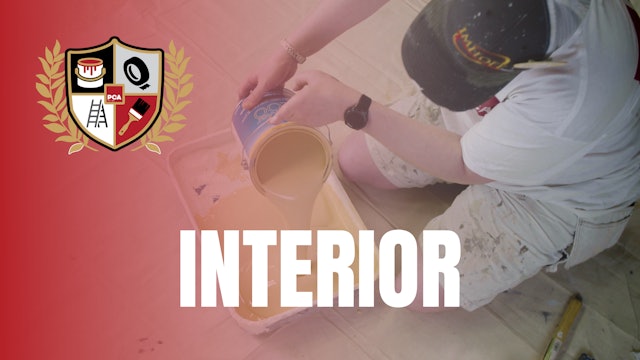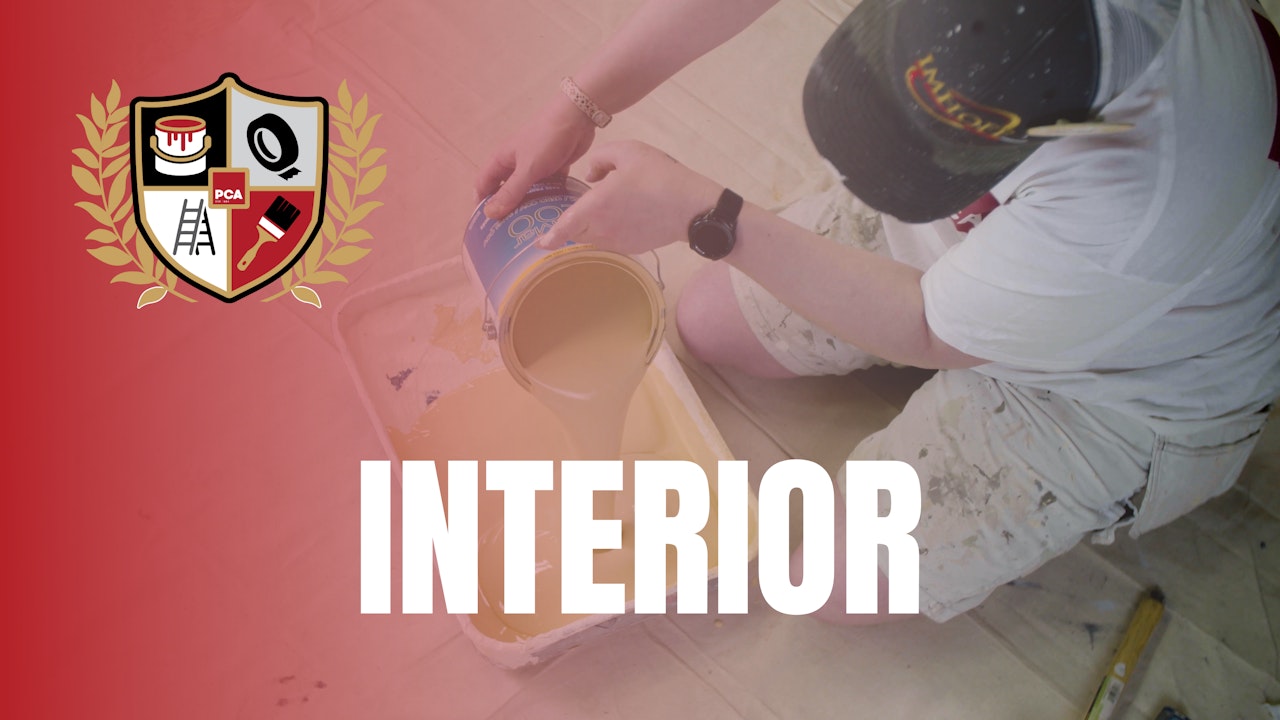Painter Training: Interior Collection
3 Seasons
The PCA Painter Training series builds on the introduction to the trade provided in PCA’s Trade Best Practice (TBP) series. TBP gives a new tradesperson a complete and comprehensive background on all the trade has to offer in terms of career options, while introducing all the basic skills. Moving into PCA Painter Training, you’ll find tactical training, pro-tips, a recap on all of the steps and a final, resounding: Now You Try It! To encourage return demonstrations.
We’ve compiled it all into one place, cultivating decades of experience and knowledge from industry leaders. All for you, ready to use. All of the training topics are available in English and Spanish.
The grouping of the PCA Training Series’ modules provides an obvious career path for promoting your painters, from fundamentals to advanced painting skills.
Funding for the PCA Painter Training series is provided by Sherwin Williams and PPG.
-
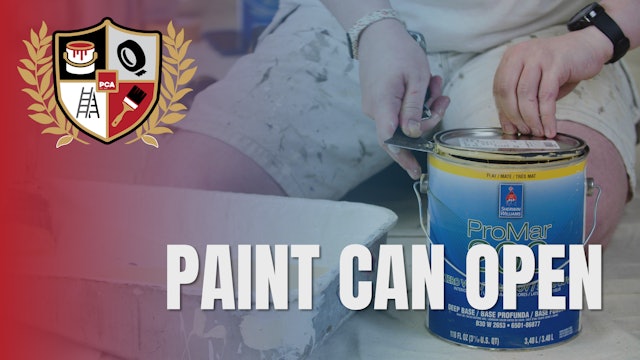 04:58Episode 1
04:58Episode 1Paint Can Open & Closing
Episode 1
Opening a paint can and pouring paint might seem like a small thing, but using the correct technique will demonstrate that you are a professional painter. And learning the correct way prevents spills and ensures that label information is readable and visible to prevent confusion.
In addition, o...
-
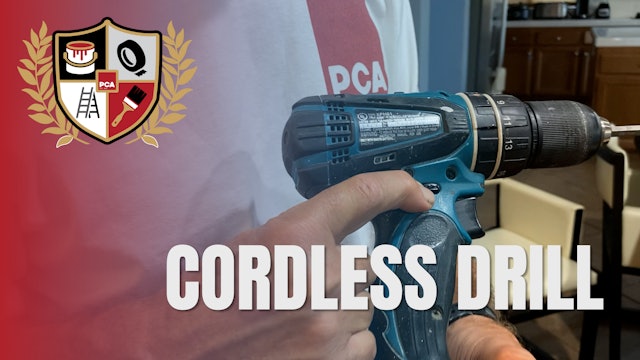 05:10Episode 2
05:10Episode 2Cordless Drill
Episode 2
The cordless drill is one of the most useful tools in the field. This is especially true when removing hardware. With the appropriate screwdriver bit, the drill is able to quickly remove screws holding entry doors, cabinet doors and cabinet drawers. In many cases, the cordless drill will be one o...
-
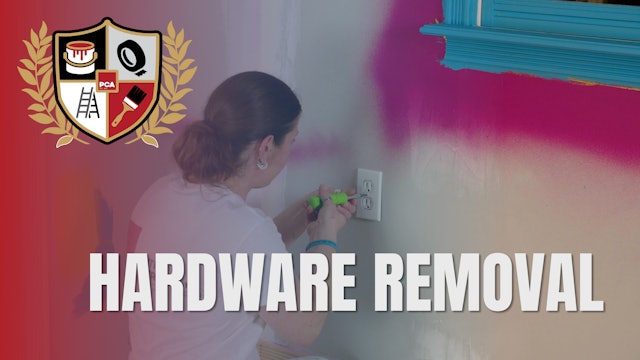 13:49Episode 3
13:49Episode 3Hardware Removal
Episode 3
Before painting, staining or enameling—all hardware is typically removed, or protected, according to your scope of work. In this video, we’ll cover the proper techniques in order to avoid lost or damaged parts.
Removing hardware requires following a sequence, labeling and then reinstalling. Eve...
-
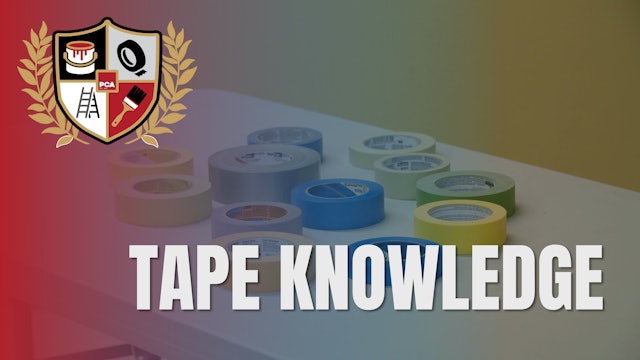 04:30Episode 4
04:30Episode 4Tape Knowledge
Episode 4
A professional painter knows which tape to use in different situations. If you’re not sure, you can always ask the paint vendor for advice and read the packaging on the tape. Tape comes in different widths and with different adhesives. Low-tack tape is less sticky than high-tack tape.
It’s also...
-
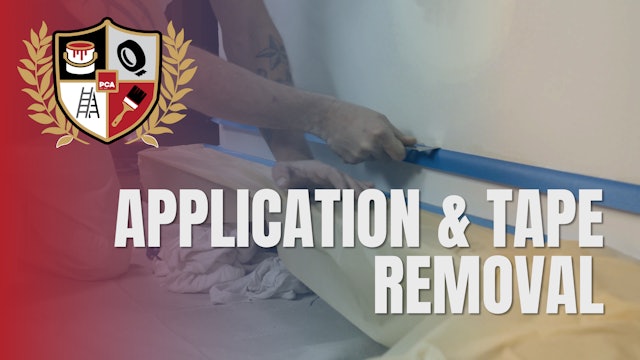 05:43Episode 5
05:43Episode 5Application & Tape Removal
Episode 5
When you apply tape to protect a surface, you need to be thinking about the moment when you will remove the tape from that surface.
Will it come off easy and in one continuous segment?
How long will the tape be sticking on the surface?
Is there any chance the adhesive will transfer or lift ...
-
 02:57Episode 6
02:57Episode 6Care & Use of Vacuum
Episode 6
Job site preparation involves clearing away dust and debris. Vacuuming, in particular, takes away the fine dust particles that may stick to the wet materials on surfaces, resulting in a rough finish.
When we clean the areas near the substrates that will receive paint or other finishes, we want ...
-
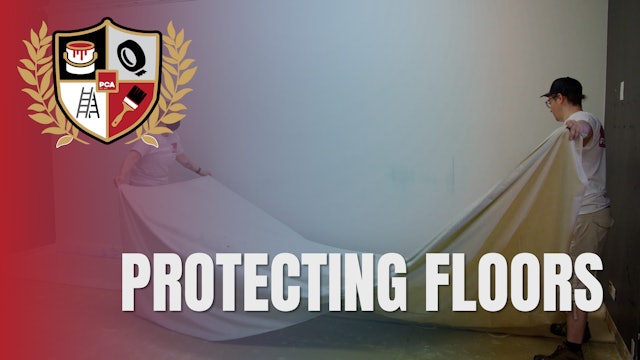 05:08Episode 7
05:08Episode 7Protecting Floors
Episode 7
When you arrive at many job sites, one of the first things you’ll do is move and group furniture to keep it out of the way before you paint the area. But before you do, make sure you know where the furniture goes when the job is done.
While laying tarps and draping plastic is part of the job, b...
-
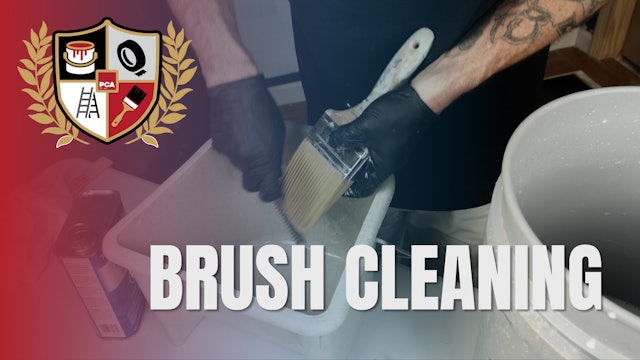 04:14Episode 8
04:14Episode 8Brush Cleaning
Episode 8
They say that paint work involves 80% prep and 20% actual painting, but from the moment you dip a brush into the paint, you have committed to cleaning the brush later. Proper cleaning extends the life of a brush and ensures maximum performance.
But before you begin to clean, you need to know wh...
